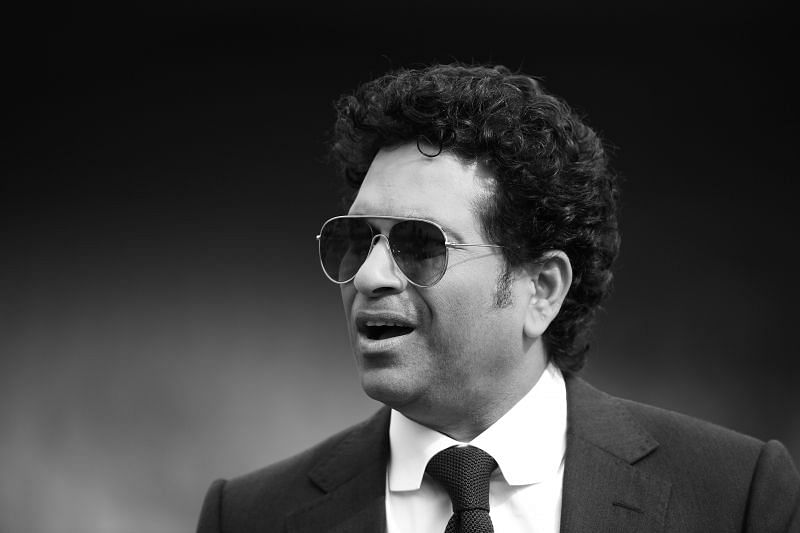
India's best retired ODI XI of the last decade
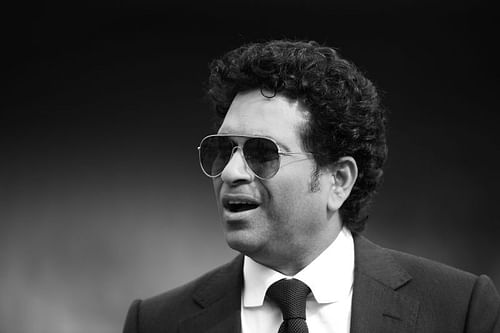
Everyone enjoys watching cricket in India. Well, it is safe to say 99.99% people do. I still love watching cricket but the thrill of watching Sachin Tendulkar, Virender Sehwag, Zaheer Khan, Rahul Dravid, Saurav Ganguly - all in one match - was something else (would surely relate if you are also a 90s kid). All the aforementioned players are legends in their own right and boast of extraordinary careers.
It was the end of an era when these players retired. Even though I knew that it is impossible for a cricketer to go on playing endlessly, my heart sank each time any of them announced their retirement.
Whether it was watching the elegant strokes of the The God of the Off Side, the shear technical abilities of The Wall, the fast inch-perfect yorkers or Knuckle Balls of Zak, or the explosive batting displays of Viru – I miss them all. Oh, and I don't need to get started on Sachin, do I?
Also read | Earnings of top 10 wealthiest Indian cricketers of 2019
The past decade has seen many of these fantastic Indian Cricketers calling it a day. In this article, we will specifically look at the best ODI XI of Indian cricketers who have retired in the past decade. Without further ado, here they are:
Top Order: Virender Sehwag, Sachin Tendulkar, and Gautam Gambhir
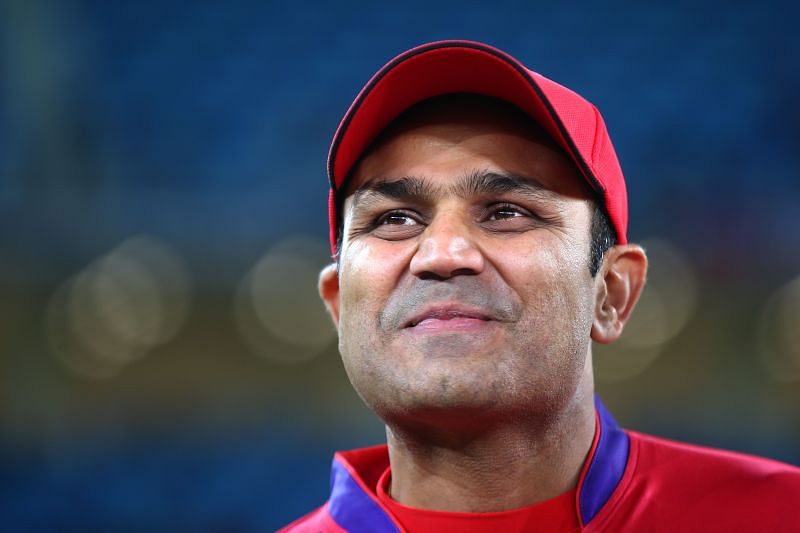
When Sehwag and Tendulkar came out to bat, everyone simply stopped what they were doing to watch the legendary duo.
Viru, with his explosive and unorthodox batting style, could tear apart any bowling line-up on his day. The aggressive right-handed batsman went one to play 251 ODIs in which he scored 8273 runs at an average of 35.05 and an outstanding strike rate of 104.33. Sehwag had a simple approach to his game -- to score as many runs as quickly as possible.
The Nawab of Najafgarh, as he is popularly known, was particularly explosive against the spinners. While he was criticized by many pundits for his lack of footwork, Sehwag used this to his advantage on many an occasion simply through his brilliant wristwork.
Also see – IPL winners list
In ODIs Viru has 15 centuries and 35 fifties to his name. On 8 December 2011, he became only the second player (Tendulkar being the other) to score a double century in the format when he smashed 219 against West Indies at the Holkar Stadium in Indore.
Apart from being a classy batsman, the 41-year-old was a handy part-time spinner as well and took 96 wickets in ODIs before announcing his retirement from all formats of cricket on 20 October 2015.
Sehwag's partner in crime was Tendulkar. The Little Master has batted at multiple positions but in most of the ODIs he played as an opener, his partner at the other end was Sehwag.
To be precise, Tendulkar played 463 ODIs in which 340 of the 452 innings were as an opener. One of the most prolific run-scorers of all-time, there are only a few batting records that the 46-year-old does not have to his name.
Tendulkar's anticipation, movement, and balance as a batsman were simply impeccable. The Master Blaster could score all around the wicket. He was good at both the front foot and the back foot and also adjusted his game well according to the conditions. One of the most complete batsmen of all time, the Little Master amassed 18426 runs in his ODI career at an average of 44.83 and a strike rate of 86.23.
He remains one of the most worshipped cricketers in the world and each time he walked out to the middle, nothing short of a century was expected from him - such was his class and magnificence.
Tendulkar, who was inducted in the ICC Cricket Hall of Fame in 2019, hung up his boots in ODIs on 23 December 2012. Subsequently, on 16 November 2013, the entire cricketing fraternity wept as Sachin retired from all forms of cricket.
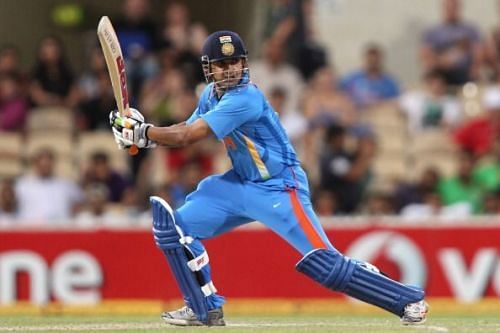
While Gautam Gambhir mostly played as an opener, he was fairly successful as a number 3 batsman as well. Out of the 143 innings Gambhir played in ODIs, 91 were as an opener and 48 were as a number 3 batsman. In our retirement XI of the past decade, the Delhi-born player would be coming in at 1 down.
The southpaw is best remembered for scoring a match-winning 97 in the 2011 World Cup final against Sri Lanka at the Wankhede Stadium in Mumbai.
Gambhir was a feisty batsman and was spectacular between the years 2008 and 2011. He scored 5238 runs in 147 ODIs at an average of 39.68 and a Strike Rate of 85.25. The Arjuna Awardee also has 11 centuries and 34 fifties to his name in the format.
As a number 3 batsman, Gambhir made 1810 runs in 48 innings at an average of 42.09. On 3 December 2018, the 38-year-old announced his retirement from all forms of cricket. This came right before his final First-Class match for Delhi where the stylish batsman scored 112 runs against Andhra Pradesh in the first innings before bidding adieu to the sport in style.
Also Read | Best all format World XI of players who retired in the past decade
Upper Middle Order: Yuvraj Singh and Rahul Dravid
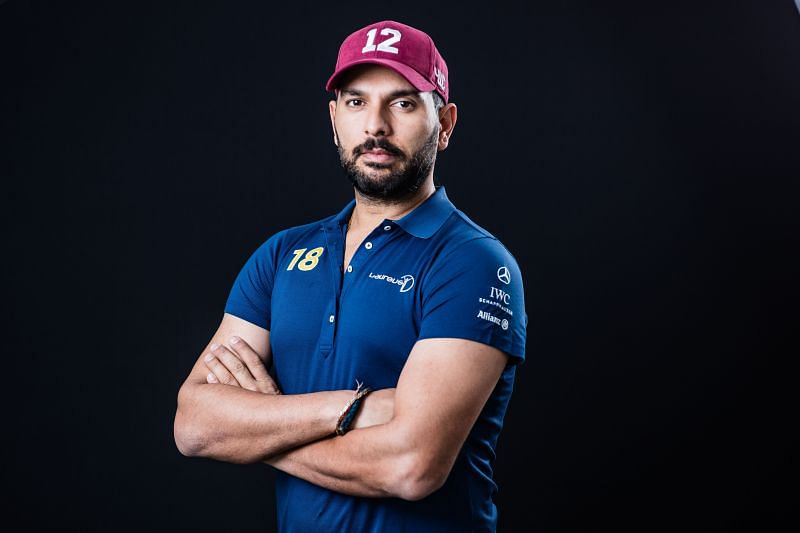
Yuvraj Singh, also affectionately known as Yuvi, would be the number 4 batsman in our Retirement XI.
The southpaw is undoubtedly one of the best all-rounders India has ever produced. Yuvi played 304 ODIs for the Men in Blue in which he scored 8701 runs at an average of 36.55 and an impressive strike rate of 87.67. To add to his spectacular batting skills and outstanding fielding ability, the Chandigarh-born player also has 111 wickets to his name in the One day format.
Singh was known for his clean hitting and downright brutal approach. On his day, the lefthander batted effortlessly and runs flew thick and fast from his willow. India's middle-order lynchpin, the all-rounder formed a spectacular partnership with Dravid and later with Mahendra Singh Dhoni.
The 2011 World Cup was the high point of Yuvi's ODI career. The classy cricketer amassed 362 runs and made 15 scalps during the tournament and was instrumental in India's triumph. He was named the Player of the Tournament for his exploits on the field.
However, he suffered from a rare form of germ cell cancer soon after. Although he returned to the sport in 2012 following a successful recovery, his form consistently dipped and the Yuvi of old was seldom to be seen on the field again.
Singh batted at number 4 for India 108 times and amassed 3415 runs at a strike rate of 89.44 while batting at this position. His highest ODI score of 150 also came at Number 4. The 38-year-old scored 52 ODI fifties and 14 centuries before announcing his retirement from all forms of International cricket on 10 June 2019.
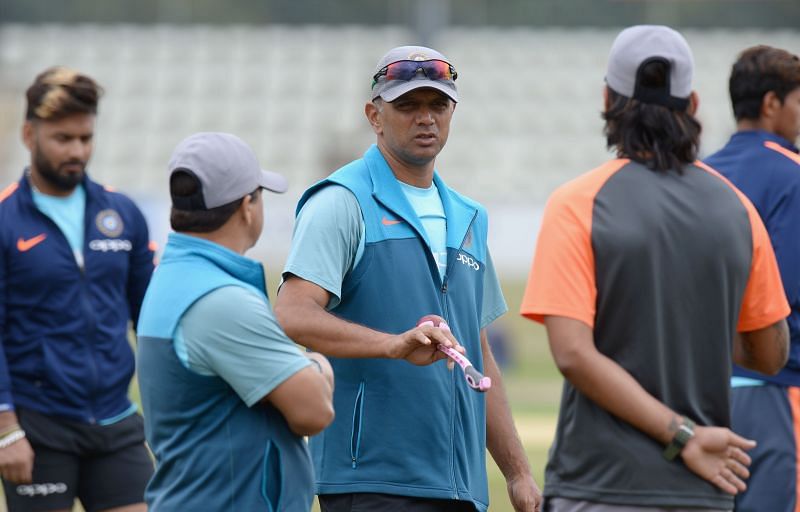
In our retired ODI XI for India, Rahul Dravid would come in at no. 5 and would also don the wicket-keeping gloves.
Pure Class - That is exactly what comes to mind when one thinks of Dravid. Mr. Dependable, as he was popularly known for obvious reasons, played 344 ODIs for India in which he scored 10889 runs at an average of 39.16 and a strike rate of 71.24.
In the 69 innings the classy batsman batted at Number 5, he scored 2459 runs at an average of 43.91 and strike rate of 73.62.
Known for his exceptional powers of concentration, Dravid also enjoyed a two-year stint as the Indian skipper. While the Indore-born player is best remembered for his spectacular test career, his ODI career was commendable as well.
One of 14 players to have scored over 10000 ODI runs, Dravid announced his retirement from T20Is and ODIs in March 2012.
Lower Middle Order: Mohammad Kaif
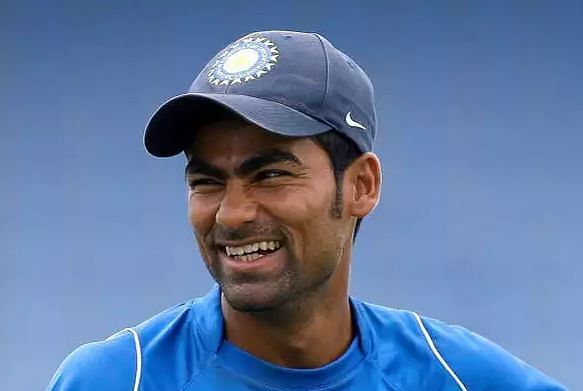
The Number 6 batsman in the Retirement XI would be Mohammad Kaif. The right-handed batsman played 125 ODIs for Team India in which he accumulated a total of 2753 runs at an average of 32.01 and a strike rate of 72.03.
Kaif was a pivotal part of the Indian team during his prime. The Allahabad-born player was highly regarded for his exceptional fielding skills. He was regularly placed at the covers while Yuvraj Singh fielded at point. The duo displayed terrific athleticism on the field, saving many runs and taking spectacular catches.
One of Kaif's finest moments in an ODI arrived in the 2002 Natwest Trophy final against England. Chasing a lofty 326 runs to win, the righthander arrived at the crease with India reeling at 146-5. Together in the company of Yuvraj Singh, Kaif added 121 runs for the sixth wicket before taking the team home with an unbeaten innings of 87.
The 39-year-old announced his retirement from all forms of International cricket on 13 July 2018 after scoring 2 centuries and 17 fifties.
Spinner: Pragyan Ojha
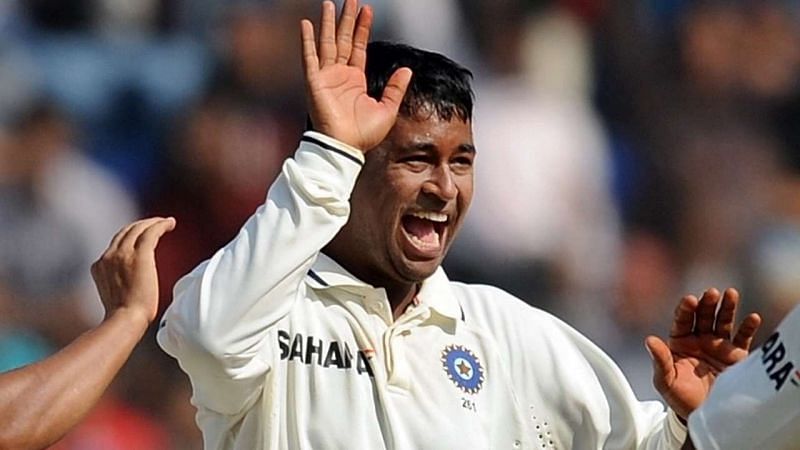
Pragyan Ojha would be the lone spinner in the Retirement XI. The attacking slow left-arm orthodox spinner recently announced his retirement from all forms of International cricket on 21 February 2020.
Ojha played just 18 ODIs for India but has impressive career statistics. He took 21 scalps in these matches at an economy rate of 4.46 and with best figures of 3/38.
The Bhubaneshwar-born player formed a successful partnership with Ravinchandran Ashwin in Test cricket as well. Having also played 24 test matches for India in which he captured 113 wickets at an economy rate of 2.68, the 33-year-old had the ability to bowl absolute rippers and could dismiss the best of batsmen on his day.
Pacers: Irfan Pathan, Ashish Nehra, Zaheer Khan, and Munaf Patel
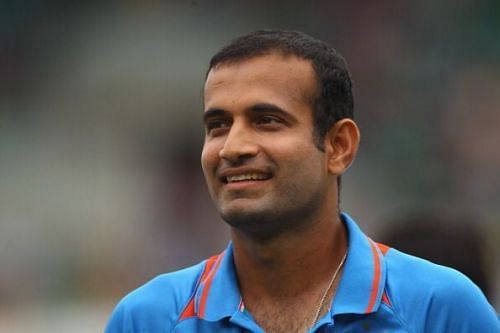
Irfan Pathan was one of the most special bowling all-rounders the Indian team has ever had. A talented seam bowler, Pathan played 120 ODIs in which he took 173 scalps at an economy rate of 5.26.
His late swinging deliveries with the new ball troubled even the best of batsman. Niggling injuries and a drop in pace eventually didn't allow Pathan to play to his full potential
The 35-year-old was a member of the victorious Indian team that captured the 2007 ICC World Twenty20. Apart from his prodigious swing, Pathan worked on his batting skills as well. He scored 1544 runs to his name in the fifty-over format at an average of 23.39 and a strike Rate of 79.54.
Pathan also represented India in 29 Tests and 24 T20Is.
Ashish Nehra was one of the best Indian speedsters of his time. The 40-year-old took 157 wickets at an economy rate of 5.19 in the 120 ODIs that he played. Like Pathan though, the Delhi-born player struggled with fitness issues and injuries.
Nehra was highly regarded for bowling well under pressure and had the ability to swing the ball both ways. After 18 years of international cricket, the left-armer brought down the curtains to his career in late 2017 - his last international appearance for the Men in Blue being the T20I against New Zealand on November 1, 2017.
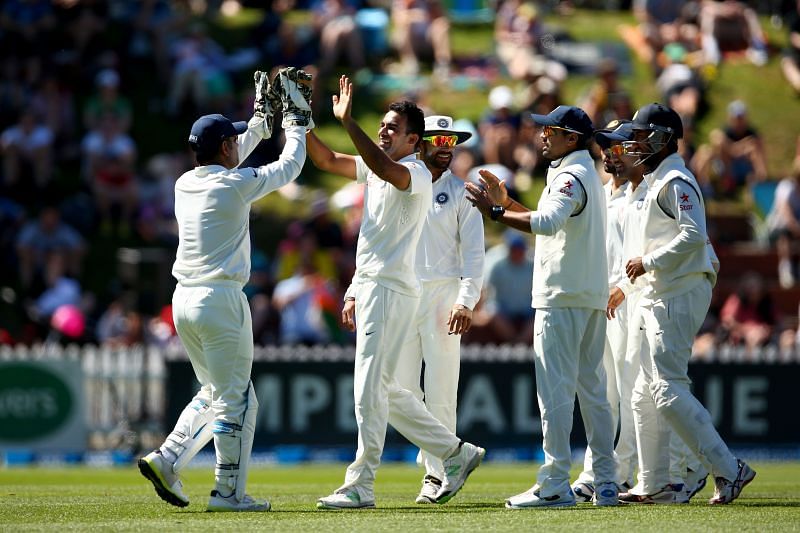
Zaheer Khan had a splendid International career. In the 200 ODIs that he played for Team India, Zak captured 282 scalps at an economy rate of 4.93. The 41-year-old also represented the Indian team in 92 Tests and 17 T20Is as well.
Khan performed supremely well on the flat sub-continent pitches. The left-arm speedster had a fantastic presence of mind on the cricket field and keen situational awareness. He just knew when to go for the kill and was adept at reading the slightest of weaknesses of a batsman.
During his prime, the dazzling Khan was considered one of the best in the world. He was also the one to introduce the knuckle ball to International cricket way back during the 2011 World Cup. His ability to bowl the knuckle ball often foxed batsmen and he used it to great effect, claiming many key wickets with that delivery.
On 15 October 2015, Khan decided to call it a day and bid adieu to all forms of international cricket.
The lanky Munaf Patel was a no-nonsense bowler. The right-handed medium-fast bowler relied on line and length to do the job. However, he also troubled batsmen with well-directed yorkers. His reverse swing also caused problems for batsmen.
Patel is best remembered for his performances during the 2011 World Cup where he clinched 11 wickets and finished as India's third-highest wicket-taker, Zaheer Khan and Yuvraj Singh being the top-two. The Gujarat-born player went on to play a total of 70 ODIs for India in which he took 86 wickets at an economy rate of 4.95.
The 36-year-old also represented India in 13 Tests and 3 T20Is. Although his last international game was in 2011, Patel continued playing cricket at the domestic level before announcing his retirement from all forms of the game on November 2018.
Honourable mention: Praveen Kumar
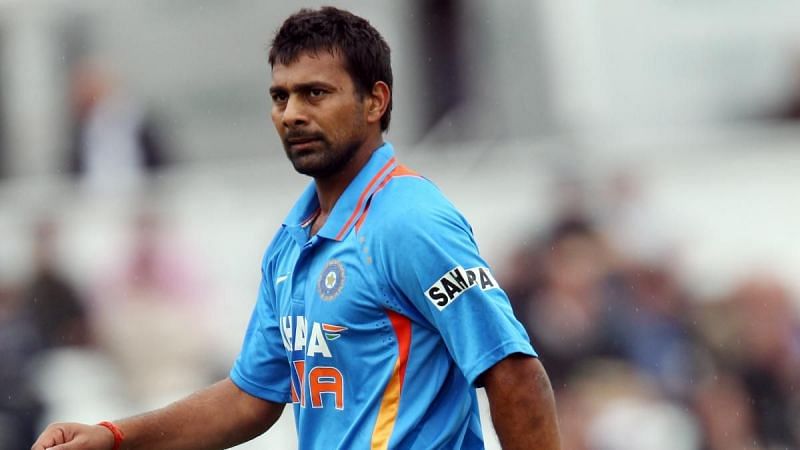
An honourable mention in the India best ODI retirement XI of the past decade will be Praveen Kumar.
Making his ODI debut against Pakistan in Jaipur in 2007, Kumar represented the country in 67 more games in the format, taking 77 scalps. An useful lower-order batsman, Kumar has a ODI half-century (54 not out) against his name.